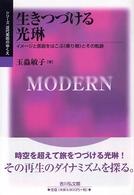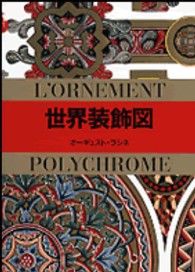Full Description
Only little is known about the book culture of Tunis, although the city had been a centre for teaching and learning throughout Ḥafṣid rule in Ifrīqiya (c. 1230 to 1574). The libraries of Tunis are considered lost since the sack of the city by the armies of the emperor Charles V in the summer of 1535. This study reconstructs for the first time the original holdings of Tunis' medieval libraries and shows what can still be learned from these recovered fragments.
An in-depth analysis of a wide range of texts and artefacts shows that the Ḥafṣid libraries were looted and their collections redistributed, mostly among European collectors. The Lost Libraries of Tunis brings Early Modern scholarship on Arabic texts and language into context by utilising the manuscripts from Ifrīqiya as a source to map the interest in, and scholarship on, Arabic manuscripts in Early Modern Europe.
With an art-historical and sociohistorical interpretation of the reconstructed manuscript corpus, The Lost Libraries of Tunis challenges views accepted among Islamic art historians and describes a dynamic and vivid regional book culture of the Maghreb embedded in the wider Arabic manuscript tradition, precisely showing strong interaction and exchange.








